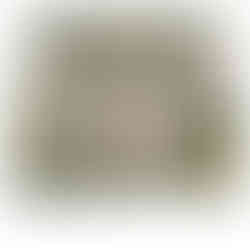Ratio Trakoolsajjawat
Verasu Seatae
Netherlands
FIVE REMAINDERS OF VERNACULAR ARCHITECTURE Vernacular architecture is neither about a style nor a monolithic method of construction technique. Its definition is ever-changing. The root of vernacular architecture is the ability to adapt for human survival. The notion of vernacular can be monumental, vigorous, agitated, banal, erotic or alienate. The translate of the word lie within the context and built environment; it reconciles at the given period. FORGOTTEN “ละเลย” As cities become urbanised, vernacular architecture has retreated and hibernated itself. It might become invisible to many people. Looking at an informal settlement in many cities, with its limitations in space and monetary reason, the inhabitants have brought their local knowledge in disassemble and assemble as-found street objects to architecture components. STATIC “เพิกเฉย” Among evolving tide of architecture styles and the diversity of mass and form, preserving vernacular architecture in its prestige condition, to go against the mainstream and remains static, the authenticity would highlight and make it stands out among the chaos of diversity. ALIENATED “พลัดถิ่น” People are migrating all around the world seeking opportunities, exchanging culture and knowledge. Similarly, many traditional archetypes have been borrowed and exchanged to connote architectural language of tradition and culture. The migrated architecture could either be extraordinary or alienated to its situated context. MUTANT “ผลิใบ” Some deem vernacular architecture as immutable, inept and conventional. Others perceive it as a catalyst for design tools. By transforming and superimpose traditional patterns and typologies, mutating architecture opts to generate new forms where culture and technology coexist. DECAY “เสื่อมสลาย” Perhaps, the state of anodyne beauty in vernacular architecture can be achieved through the penetration of nature. The sublime state where man-made elements decayed while vegetation rehabilitated its place. The immanent inversion of surrendering design control to nature to re-create its form could profoundly reify the pure aesthetic value.












Comments